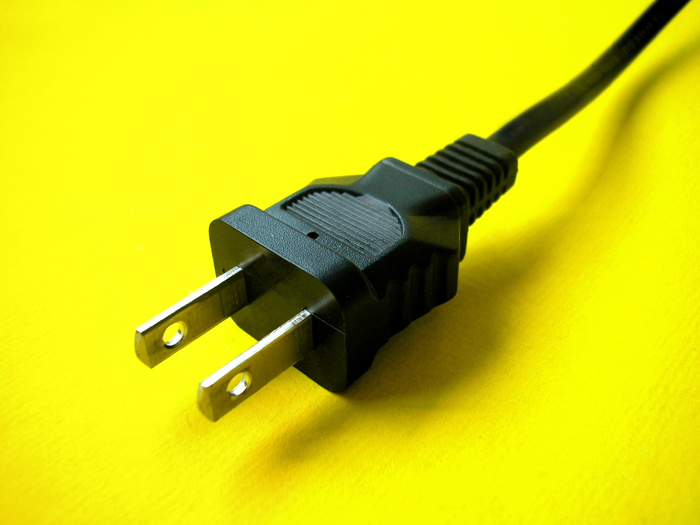Websites Are Not Plug & Play: Migrating to a New Web Host

Moving your website to a new web host? It might be more involved than you think.
Be prepared to make changes.
Every web host is different, and every server could be different. When you migrate to another hosting provider, some settings like a file path or the website directory structure may be different than the previous provider, which may affect certain code in your web pages. If you have a custom application running with your site, you might need to verify with the new host in advance that it will be supported.
Web hosts are not necessarily web developers.
Web hosting services rarely include website development services. So if you need help with updating your website or troubleshooting the programming, be prepared to consult a web developer. While WEBii does have a web development department with experienced programmers on staff, not all hosts have those resources.
Your website is unique.
Remember that the provider you are moving to was not the original creator of your website. Your website might be very unique compared with other websites they host or have worked with before. This is not a bad thing, just something to be aware of when communicating. If your new web host was not involved in developing your original website, you can’t expect them to know all the ins and outs of its structure and how it should work. Be patient with this process and help them understand your specific needs, instead of relying on assumptions. If you have special software, tell the host. If you know about a special technology the old server had installed, let them know. If you have a database, mention that during your order process.
Know your email migration plan.
Email can be set up in a variety of ways. If your email service is tied directly to your web hosting account for the website, you will need to understand the transition steps and probably anticipate some downtime. Even if your email is hosted elsewhere, such as with Google Apps, a cloud email service, or an office server, you need to plan certain DNS updates with your new web host and DNS provider to accommodate that setup. Coordinate this process with your new web host and your IT staff (or IT support company).
Plan for downtime.
Some website migrations are very smooth. You might actually have no downtime at all. But isn’t it better to plan ahead? Outline the process in basic steps and plan which dates you will start the process. If you see a potential window for downtime, give an internal warning to your staff and possibly announce a maintenance window to your customers. Many organizations prepare an email announcement to their customers about a scheduled maintenance day when website service will be offline. This helps out your customer service department by cutting down potential calls and emails.
Many people think their website is “simple”. And it may be when compared to more robust websites or custom applications. But your simple site is just as vital to your business as the large complex ones. Even the simplest website requires some care and attention to run smoothly. Start a relationship with your new web hosting company early and have a plan.
Posted in: How To, Small Business, Tech Support, Web Hosting, Web Site Maintenance, WWW Learning Center
Comments are closed.
Latest & Greatest
- Your Website is About Them, Not You: Digital Customer Experience
- Google Business Profile 101: How to Use it & SEO Benefits for Your Local Business
- The Power of Intentional Website Branding
- Competitive SEO Analysis: How to Keep an Eye On the Competition from an SEO Texas Agency
- Optimizing Your Online Registration Design for Better User Engagement
- Best Free Video Editing Software for Mac
- The Basics for Making Your Website More Accessible
